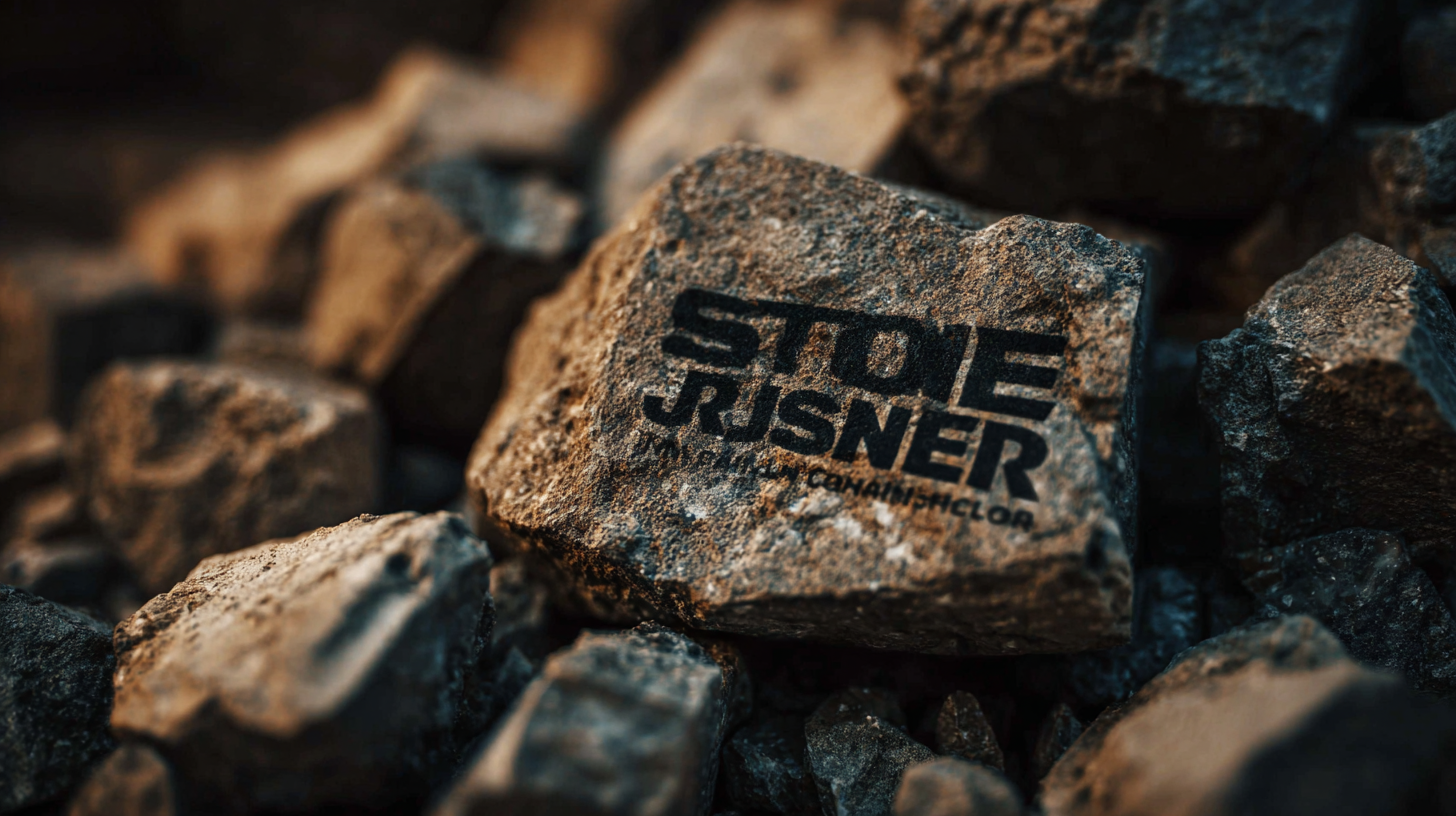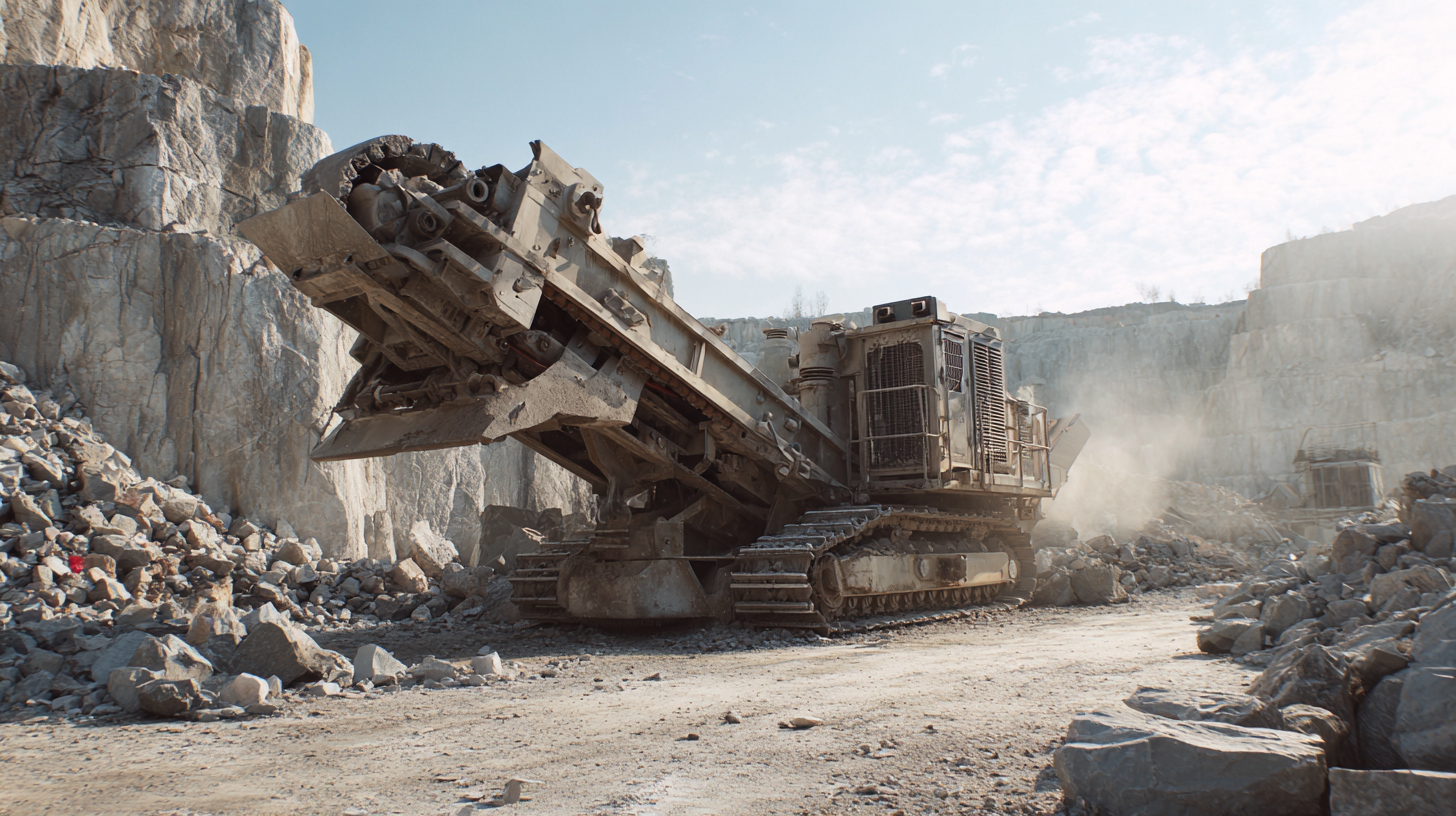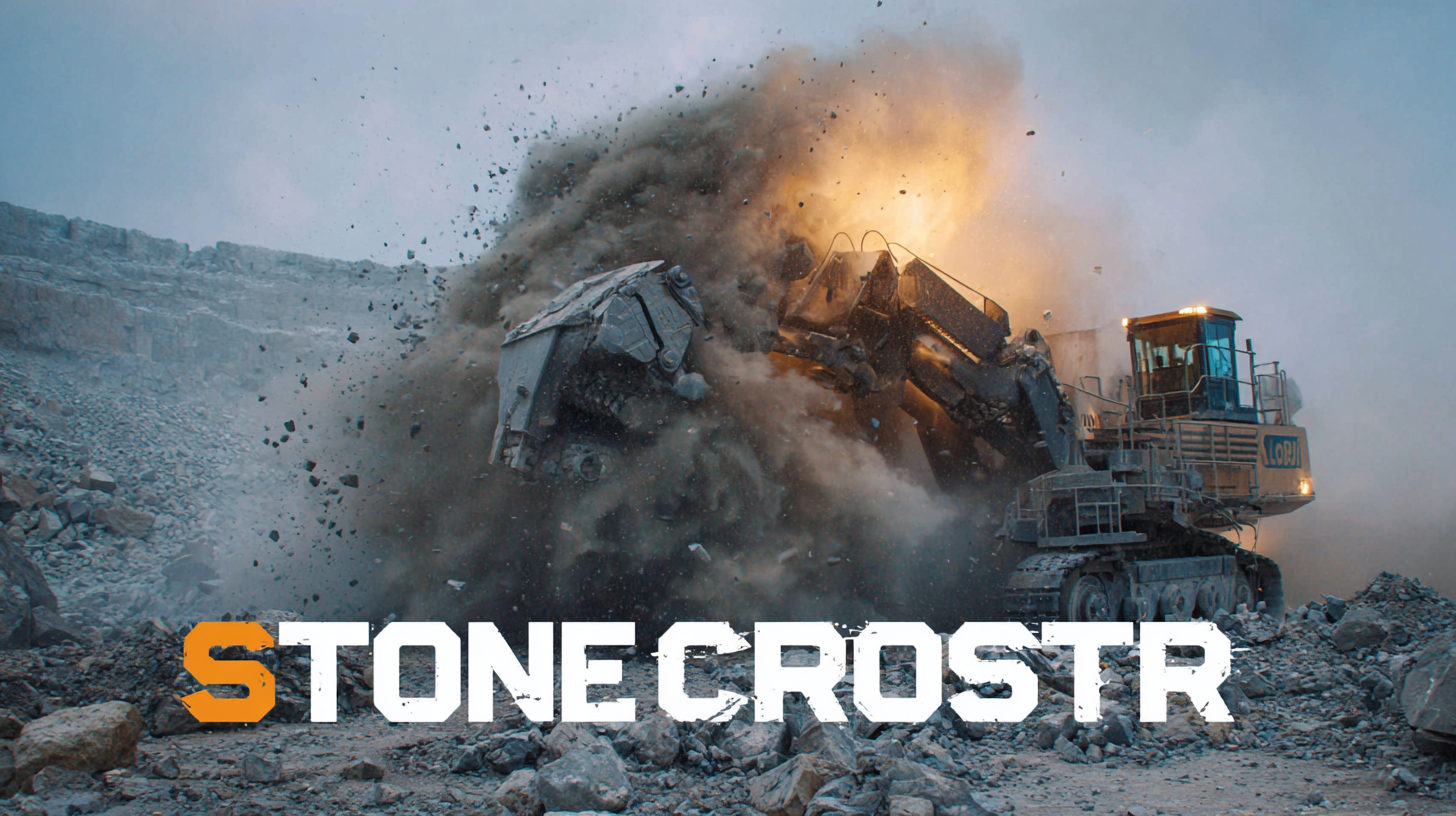In the ever-evolving landscape of construction and mining machinery, choosing the right equipment is crucial for efficiency and productivity. Among the myriad of options available, the Stone Crusher Fixed Jaw stands out as a pivotal component in the crushing process. For global buyers seeking to enhance their operations, understanding the intricacies of fixed jaw stone crushers is essential. This guide aims to provide a comprehensive comparison of various models, focusing on quality and performance, while highlighting China's commitment to manufacturing excellence. With an emphasis on precision engineering, durability, and export standards, we delve into the features that set leading fixed jaw stone crushers apart in the competitive global market, ensuring you make an informed investment for your business needs.

When considering a fixed jaw stone crusher, it's essential for global buyers to understand the various types available in the market. Fixed jaw stone crushers are primarily categorized based on their design and application. For instance, primary crushers are commonly used in mining and construction to handle large chunks of rock, while secondary crushers typically manage smaller materials. According to industry reports, the global stone crusher market is projected to reach USD 8.5 billion by 2027, driven by rising construction activities and infrastructural developments.
A recent initiative by Governor Kimani Wamatangi in Kiambu highlights the relevance of fixed jaw stone crushers in practical applications. The newly established stone crusher, leveraging hardcore chipping materials, plays a vital role in road rehabilitation efforts, showcasing the machine's utility in real-world scenarios. The efficient processing capabilities of fixed jaw crushers not only facilitate material handling but also contribute to sustainable construction practices, aligning with the growing trend of utilizing recycled materials in infrastructure development. As buyers navigate their choices, understanding these types and their applications can significantly impact their purchasing decisions and project outcomes.

When it comes to selecting the right fixed jaw stone crusher, evaluating cost-effectiveness is crucial for global buyers. The initial price is important, but it’s essential to consider long-term operational costs as well. Maintenance expenses and fuel efficiency can dramatically influence the overall investment. Buyers should seek equipment that balances quality with affordability to ensure they are making a sound financial decision.
**Tip:** Always request a detailed breakdown of the maintenance schedules and associated costs from manufacturers. Understanding the frequency of repairs and replacement parts can provide insight into the true cost of ownership over time.
Another factor to weigh is productivity and efficiency. A lower-priced model may not work effectively, leading to increased downtime and lost revenue. Assessing the throughput and durability of a crusher can help buyers estimate its potential ROI. Investing a bit more initially might yield better performance and savings in the long run.
**Tip:** Compare the productivity rates of different models by reviewing case studies or testimonials from existing users. Real-world data can provide invaluable information about how a particular crusher performs under similar conditions to yours.
When selecting a fixed jaw stone crusher, several key features warrant careful consideration to ensure optimal performance and efficiency.
One critical aspect is the crusher’s capacity, typically measured in tons per hour. According to a recent report by Grand View Research, the global stone crushing equipment market is projected to
reach $4.38 billion by 2025, highlighting the growing demand for reliable machinery with higher output capabilities. Buyers should assess the model's
capacity to handle the specific volumes of materials their operations require, as this directly impacts productivity.
Another important feature is the material quality and design of the jaw plates. High-quality steel or manganese jaw plates can significantly enhance durability
and reduce wear and tear, resulting in lower operating costs over time. As per industry insights from MarketWatch, the increased focus on sustainability and cost-efficiency has prompted
manufacturers to innovate with advanced materials and designs. Additionally, maintenance ease is a feature that cannot be overlooked; units that allow for quick
replacement of wear parts can minimize downtime and maximize operational efficiency, making them invaluable assets for any stone crushing operation.
When comparing fixed jaw stone crushers, performance metrics are paramount for global buyers aiming to make informed purchasing decisions. Just as a comparative analysis of machine learning models can reveal the most suitable algorithms for specific tasks, evaluating different models of stone crushers based on their operational efficiency, durability, and cost-effectiveness is essential. Buyers should meticulously analyze factors such as crushing capacity, power consumption, and maintenance requirements, which serve as critical indicators of a model's overall performance.

Moreover, understanding the implications of advanced technologies on crushing efficiencies mirrors insights drawn from recent studies in machine learning. For example, the predictive capacity of machine learning in various sectors highlights the importance of choosing the right model for the specific environment and application. In the stone crushing industry, global buyers benefit from this analytical approach as it allows them to select crushers that not only meet design specifications but also excel in real-world performance scenarios. As advancements continue in both machinery and computational methods, the importance of solid comparative analysis remains a key strategy for optimizing investment and operational outcomes.
In the evolving landscape of stone crushing technology, sustainability and innovation are at the forefront of developments in fixed jaw stone crushers. Global buyers are increasingly seeking equipment that not only meets performance standards but also minimizes environmental impact. Manufacturers are responding by integrating eco-friendly materials and energy-efficient designs into their products. This commitment to sustainability not only enhances operational efficiency but also aligns with strict global regulations aimed at reducing carbon footprints in heavy industries.
Moreover, innovation plays a significant role in the advancement of fixed jaw stone crushers. The introduction of smart technology, such as IoT-enabled monitoring systems, allows for real-time performance tracking and maintenance alerts, optimizing productivity and longevity. Additionally, advancements in materials science have led to more durable jaws that resist wear and tear, reducing the frequency of replacements and contributing to a more sustainable operational model. As global buyers navigate their options, understanding these innovations will be crucial in making informed decisions that support both their business objectives and environmental responsibilities.
| Model | Crushing Capacity (ton/h) | Energy Consumption (kW) | Material Compatibility | Sustainability Features | Estimated Cost (USD) |
|---|---|---|---|---|---|
| Model A | 150 | 80 | Granite, Limestone | Recyclable materials, Low emissions | 25,000 |
| Model B | 200 | 100 | Basalt, Quartzite | Solar-powered options, Energy-efficient | 30,000 |
| Model C | 180 | 90 | Marble, Sandstone | Eco-friendly design, Reusable components | 28,000 |
| Model D | 220 | 110 | Alloy materials, Concrete | Hybrid operation, Low waste production | 35,000 |



